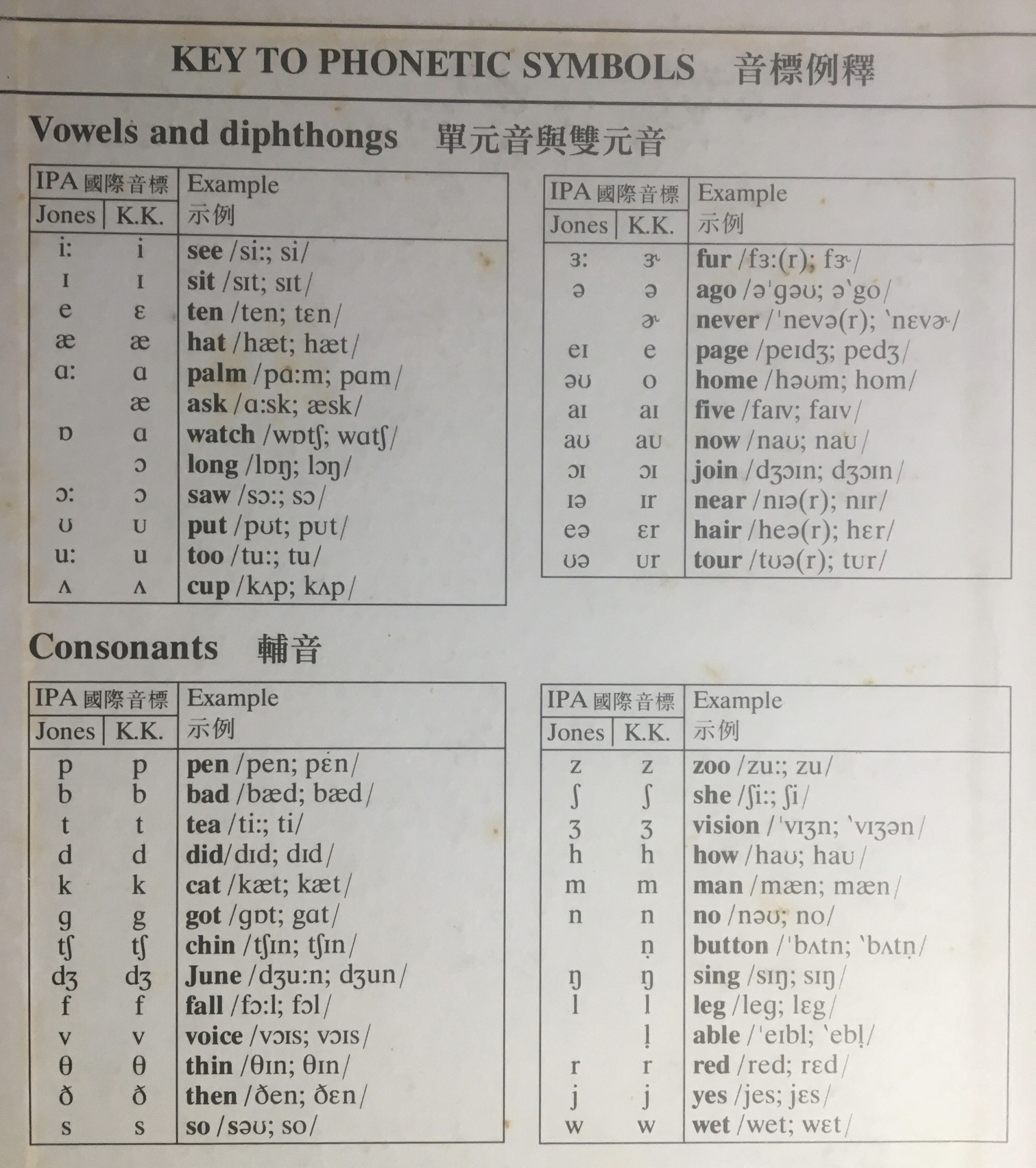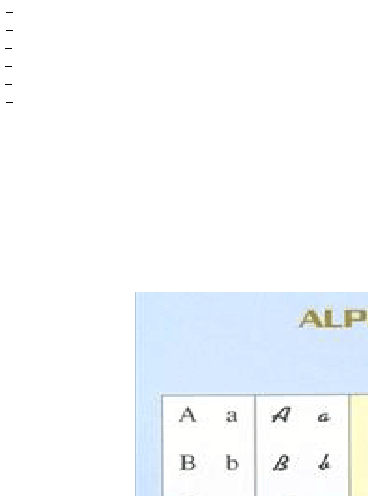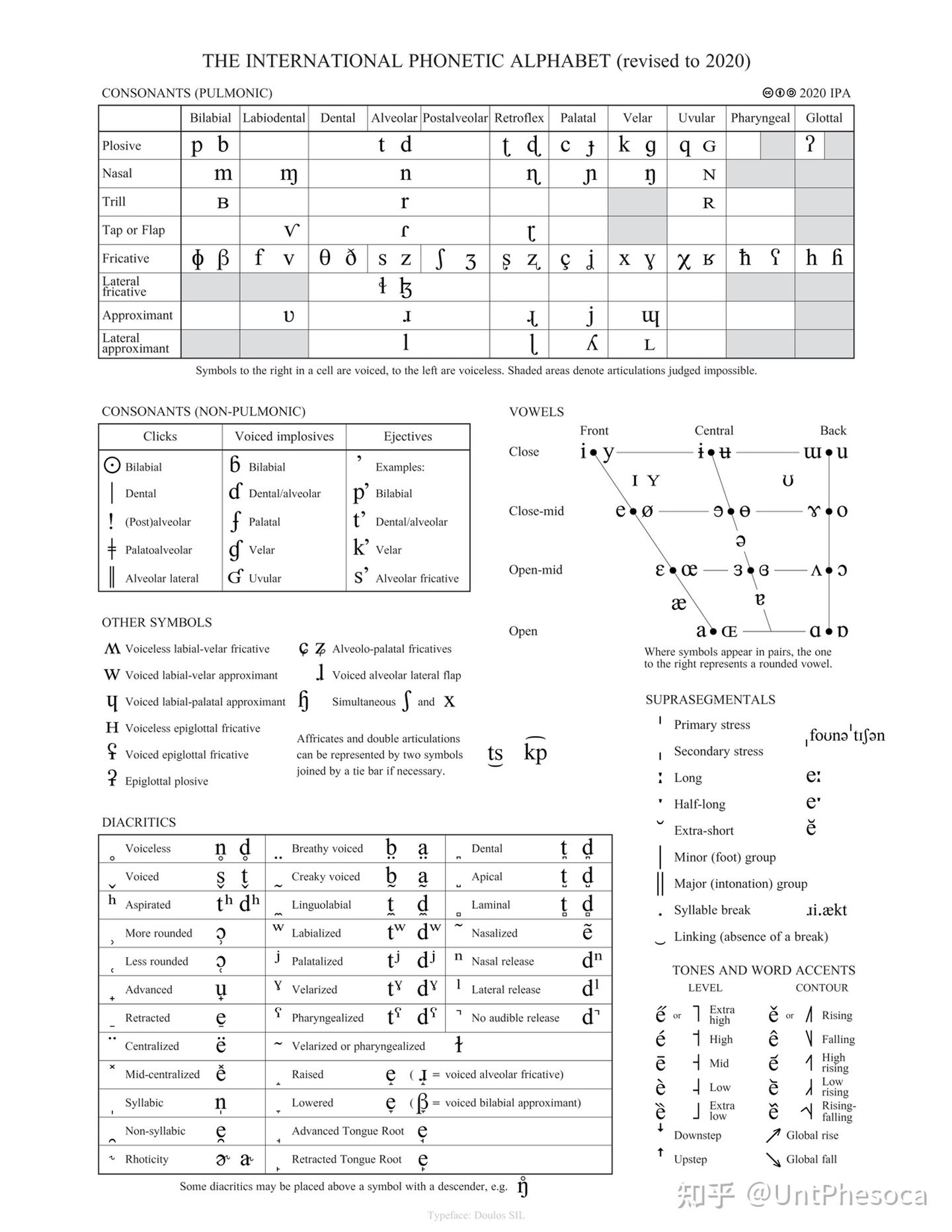This article presents an overview of the phonetics of Austrian German, a language variety that is spoken in Austria and neighboring regions. The article begins by discussing the consonants and vowels of the language, including their pronunciation and the changes that have occurred over time. It then moves on to explore the complex system of declensions and conjugations in Austrian German, which are reflected in the pronunciation of verbs, nouns, and adjectives. The article also highlights the role of dialectal variation in the phonetics of Austrian German, showing how different dialects can influence pronunciation and understanding. Finally, it concludes by discussing the challenges and opportunities for further research on the phonetics of Austrian German.
Austrian German, also known as German in Austria, is a variety of the German language spoken in Austria. It has its own unique phonetics and pronunciation that are different from other German dialects. In this article, we will explore the phonetics of Austrian German to help you better understand and speak this language.
/v/ and /w/ are pronounced as /f/ and /v/, respectively. For example, "vin" is pronounced as "fin", "vest" is pronounced as "fest", and "wiese" is pronounced as "fiese". This is a common feature in many German dialects, but it is particularly pronounced in Austrian German.
The /r/ sound in Austrian German is also unique. It is pronounced as a rolling sound, similar to the sound of a Spanish 'r'. For example, "rhein" is pronounced as "rhine", "roten" is pronounced as "rote", and "rheinland" is pronounced as "rhineland". This rolling sound can be difficult for English speakers to replicate, but with practice, it can become natural.
Another interesting phonetic feature of Austrian German is the use of the /ä/ sound. This sound is pronounced as a long 'a' sound, similar to the sound of 'ah' in English. For example, "äpfel" is pronounced as "apple", "ährchen" is pronounced as "archer", and "äusser" is pronounced as "auster". This sound is not common in other German dialects and can be a challenge for English speakers to get used to.
The use of the /ß/ sound in Austrian German also sets it apart from other German dialects. This sound is pronounced as a soft 's' sound, similar to the sound of 'sh' in English. For example, "ßchweine" is pronounced as "shwine", "ßchatz" is pronounced as "shatz", and "ßcheisse" is pronounced as "shisse". This sound can be tricky for English speakers to master, but with practice, it can become natural.
The final unique phonetic feature of Austrian German is the use of the /ø/ sound. This sound is pronounced as a long 'o' sound, similar to the sound of 'oh' in English. For example, "øster" is pronounced as "oster", "østrich" is pronounced as "ostrich", and "østerreich" is pronounced as "osterreich". This sound is not common in other German dialects and can be a challenge for English speakers to get used to.
In conclusion, the phonetics of Austrian German are unique and different from other German dialects. The use of /v/ and /w/, the rolling /r/, the long /ä/, the soft /ß/, and the long /ø/ are all features that make Austrian German stand out. While these sounds can be challenging for English speakers to master, with practice and exposure, they can become natural and help you better understand and speak Austrian German.




 京公网安备11000000000001号
京公网安备11000000000001号 京ICP备11000001号
京ICP备11000001号